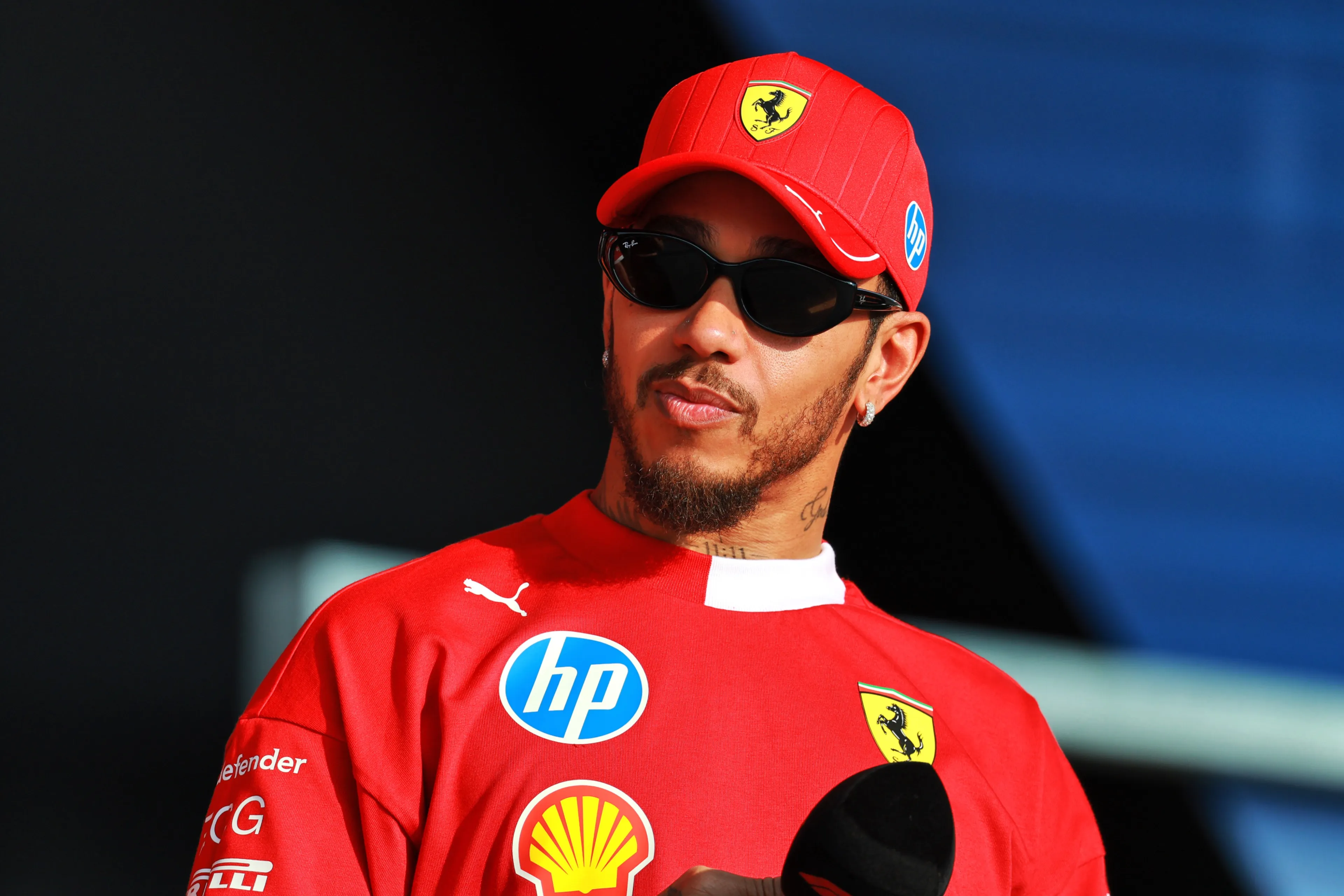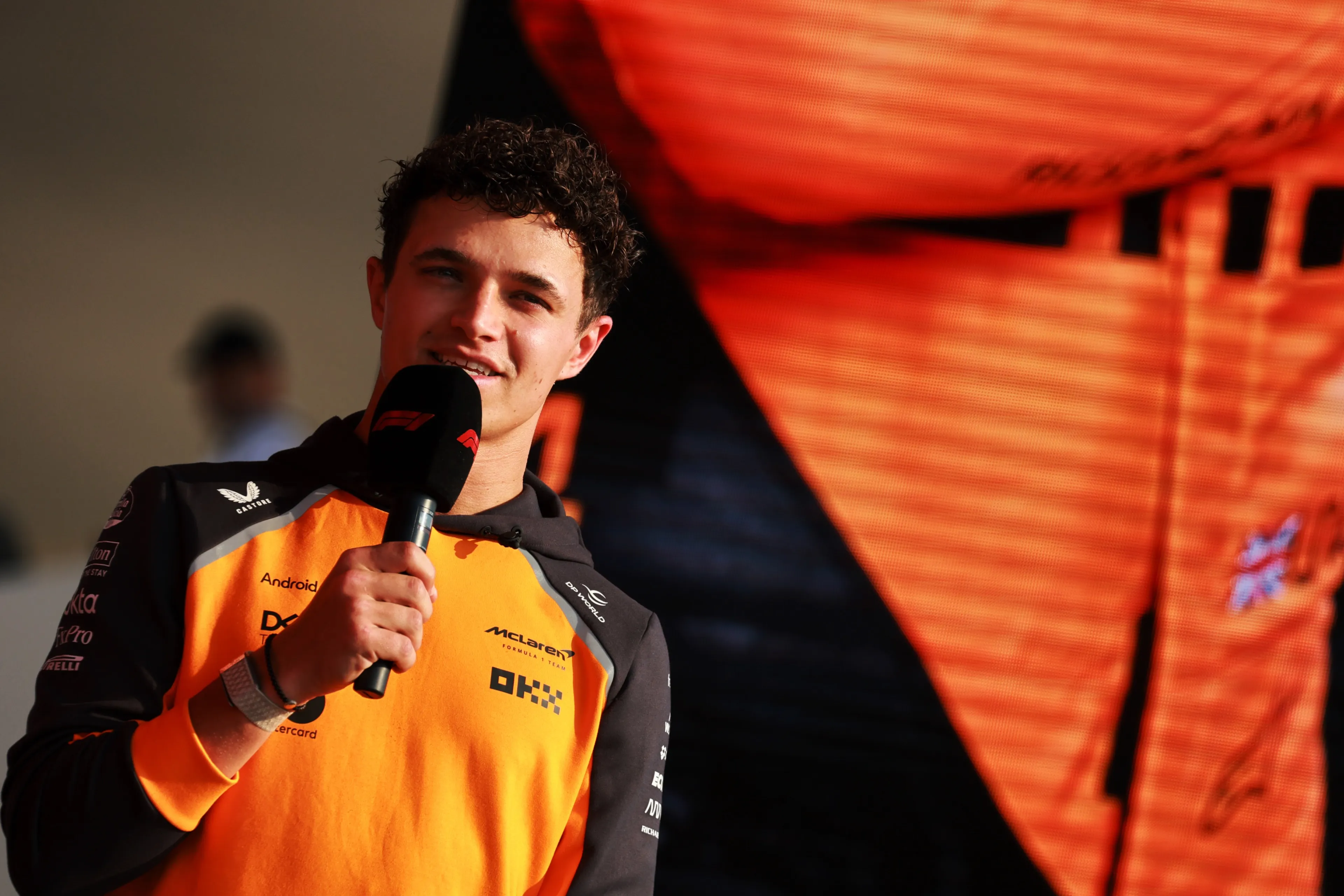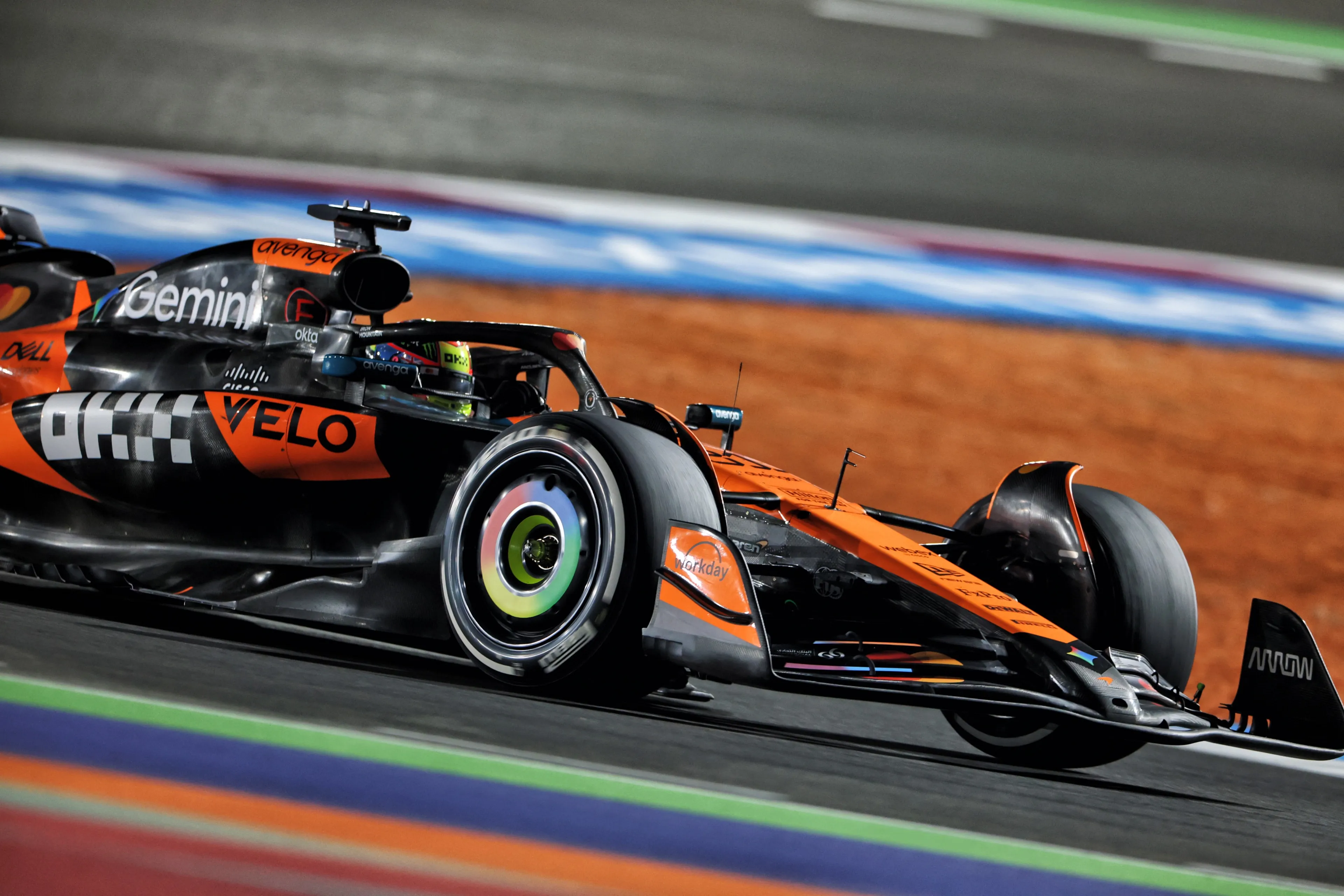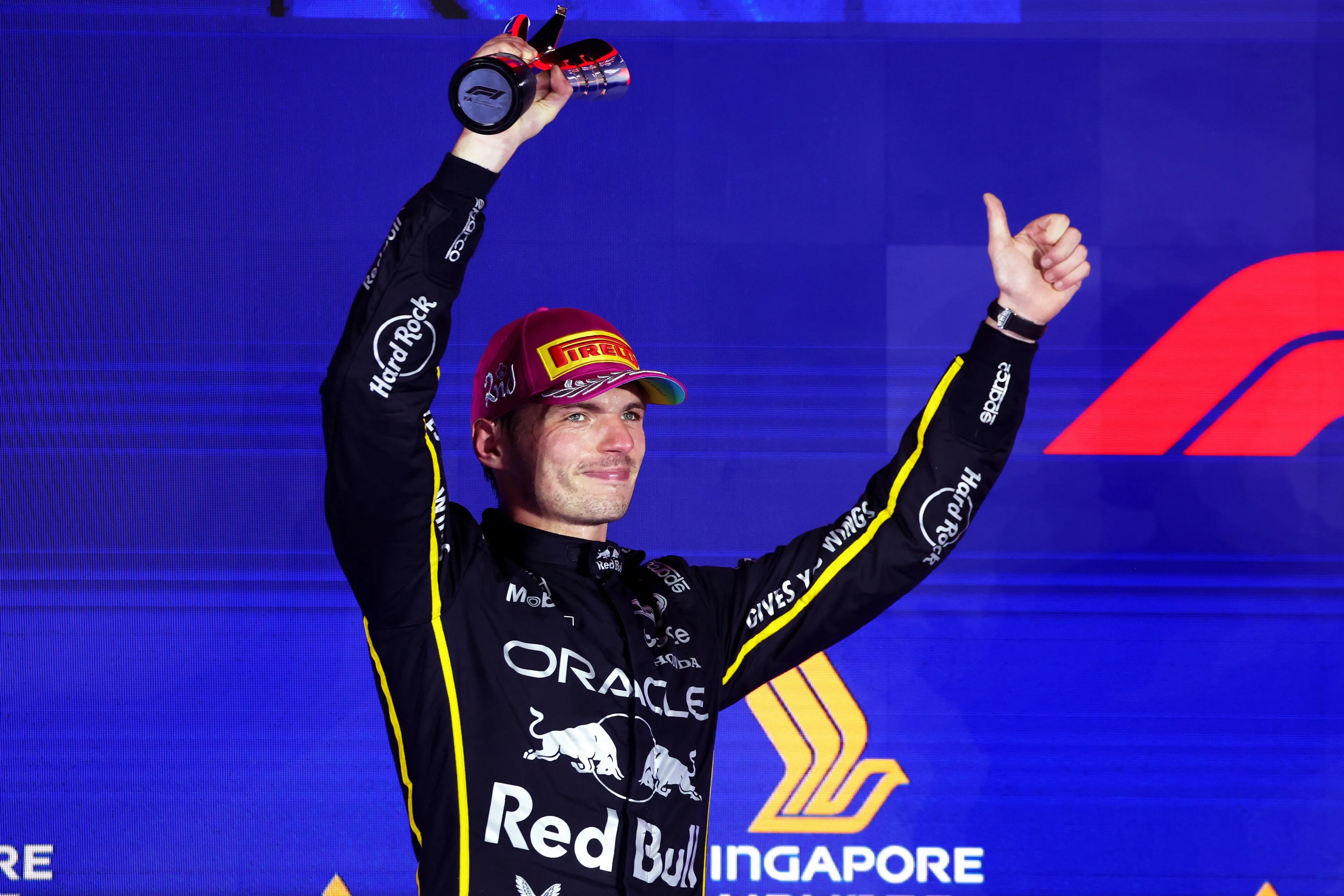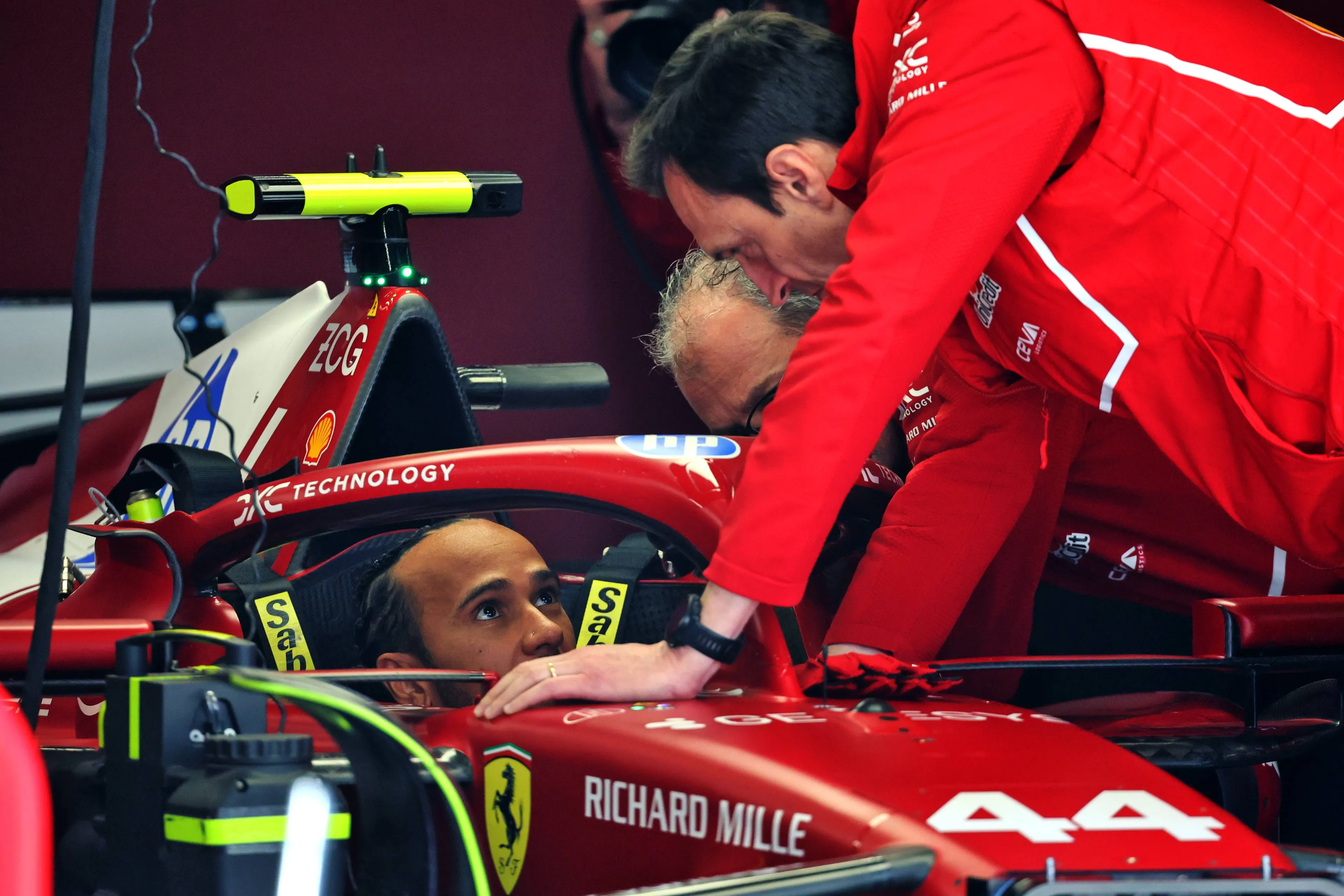
Formula 1 World Championship 2025, Round 2, Chinese Grand Prix, Instanbul Park, Shanghai, China, Thursday 20 March 2025 - Lewis Hamilton (GBR) Ferrari SF-25 with Riccardo Adami (ITA) Ferrari Race Engineer.
F1 LIVE | How Hamilton was driving blind in Monaco, All you need to know about flexiwings
07:00, 29 May
Updated: 14:00, 29 May
2 Comments
Hello, and welcome to GPblog's daily liveblog. Looking for the most relevant and accurate news straight from the paddock, then this is the place to be.
Hamilton had no visibility during the Monaco Grand Prix
From the exchanges between the two, Hamilton's confusion is palpable, with Adami visibly unaware that the 7-time world champion was failing to understand the pace Ferrari needed from him to maximise his race result.
“What sort of pace do you need from me? Give me some more information. Like, am I saving tyres right now or you like to close and push as hard as possible?," asked Hamilton, to which Adami replied by giving him a 15.2 target lap time.
On lap 23, Hamilton asked Adami whether his pace was good enough, to which the Italian replied citing the pace from the drivers ahead of him, failing to provide a clear answer.
Having pitted earlier than Verstappen, Hamilton was under the impression that he was catching the Dutchman. When encountering a car further up the road, he asked if it was the Red Bull driver. Adami's surprise response, "He's 9.3 seconds ahead," seemed to have come over Hamilton like a cold shower. “Oh, damn. OK. I thought he came out just ahead of me.”
Deeper confusion and frustration started to seep in, with Hamilton being more vocal regarding his lack of awareness as to how his race was panning out. “I really don’t know where I am and I’m 15 seconds behind?,” the Briton asked some 6 laps after reaching the race's equator.
“Yeah, let’s keep going with this pace. Can improve two tenths on a 14.5, would be ideal. Let’s wait and see” said Adami, prompting a near fed-up answer from Hamilton.
“It’s really not helping, mate! I’m struggling with the car, I don’t know… are all the cars ahead of me doing a 14.9?”, to which his race engineer responded: “Yes, pretty much. Norris is 14.5.”
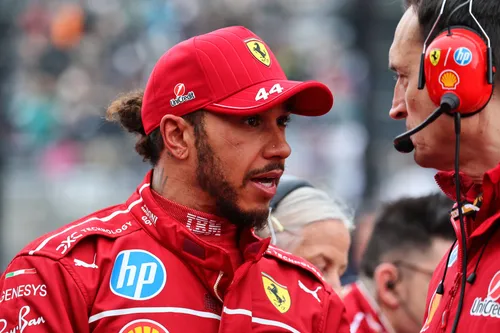
The FIA will be testing flexiwings more strictly
When testing the front wings, 100 kg of load is applied symmetrically to both sides of the car. Previously, the vertical deflection of the front wing could not exceed 15 mm. With loading on one side, this was 20 mm.
This will change from next weekend. With a load of 100 kg on both sides, the vertical deflection may not be more than 10 mm. With a load on one side, this may not be more than 15 mm.
The deflection of the front wing flap will also be tested more rigorously. Previously, the regulations stated that “any part of the trailing edge of a front wing flap must not deflect more than 5mm, measured along the load axis, when a load of 6kg is applied perpendicularly to the flap.” The permitted deflection from this weekend is just 3mm.
Tombazis said that while the changes may not seem huge, the increase in stiffness is significant and that it will hopefully put an end to the issue for this year: “Obviously it is fair for the FIA to add more flexibility tests or stiffness tests when it judges that a certain area may be getting exploited a bit too much, but yes, we hope it will be the last time we’ll do anything for this year.”
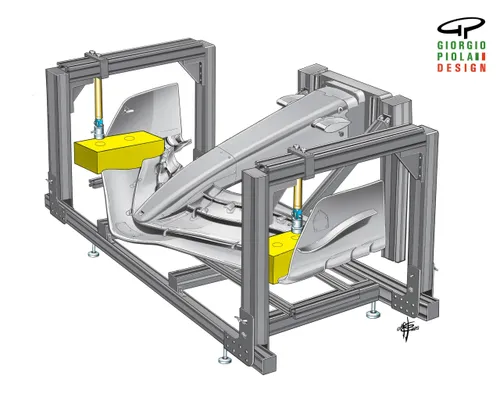
Illustration: Giorgio Piola Design
When are teams checked by the FIA?
He continued, “We check the teams at various points across the season, and we ask them to bring certain components along. We’ll check them in isolation and sometimes test them on the whole car."
Tombazis explains, “We frequently test in parc fermé conditions—either on Saturday after qualifying or Sunday morning, as obviously, in parc fermé teams cannot make changes to their car. That ensures that they’re not fitting a stiff wing for the test and running something else in the race. We also occasionally conduct checks after a race if we feel there is a reason to do so. Those tests would be static load tests, as defined in Article 3.15 of the Technical Regulations.”
This testing will continue into 2026 with the new regulations that will come into effect then as well.
Read more about:
Rumors
Popular on GPBlog

1
Marko identifies Verstappen's problem during Sprint Qualifying
3346 times read
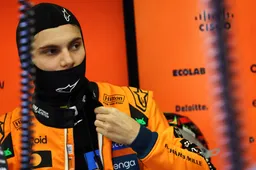
2
F1 LIVE | Reaction as Piastri on Sprint pole as Hamilton starts P18
1882 times read
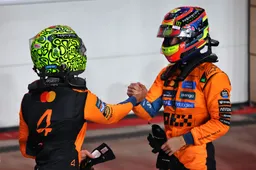
3
This is the provisional grid for the F1 Qatar GP sprint race
1832 times read

4
McLaren have cause for concern: Verstappen's pace remains untapped
1399 times read
Loading


